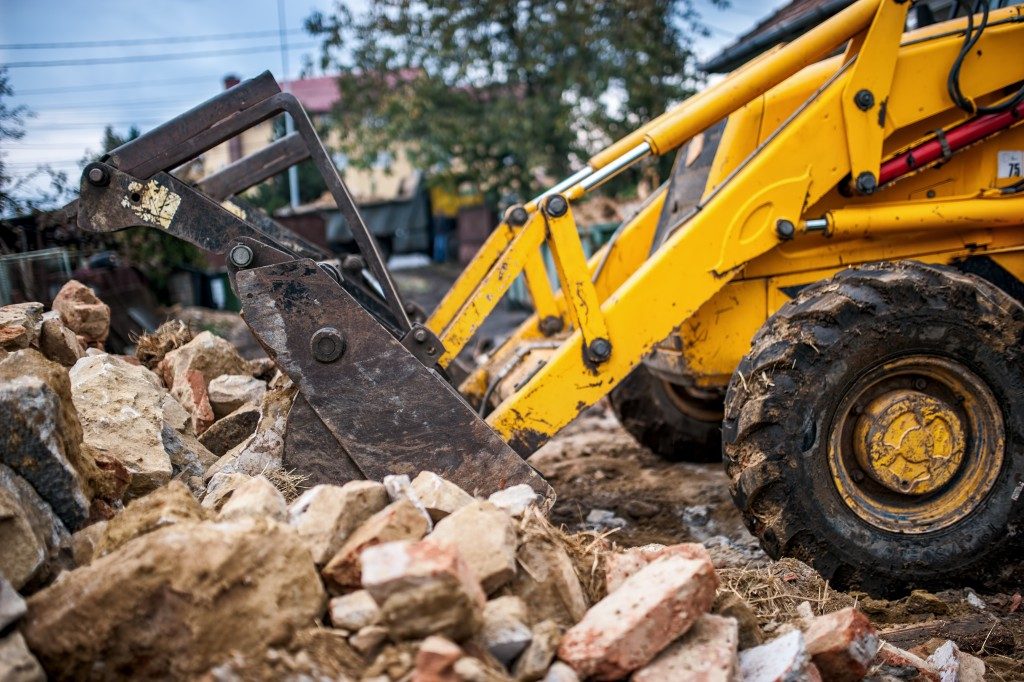Construction and demolition go hand in hand. There are times when the building you labor hard to put up might need to be demolished for one reason or another. Though you might minimize the waste generated when demolishing a building, negating it altogether is an impossible feat.
Moreover, recycling some of the debris from your demolition might be impossible. As such, professional demolition rubbish removal is an essential part of all building demolitions. A key element this service will handle is the hazardous waste that might affect your health and whose disposal follows set procedures.
The procedures are meant to minimize the impact of hazardous waste on the environment and human and pet health and hefty legal fines and penalties. Here are some types of hazardous waste that your building’s demolition might generate.
Asbestos Products
Before the demolition of a building, most states will require a report on the non-friable and friable elements which contain asbestos. This report is then sent to the relevant state office. Any material with an asbestos content of more than 1% is classified as regulated ‘asbestos-containing material (RACM).
Asbestos is typically found in hot water pipes, duct insulation, wallboard, and electrical equipment. This is managed at a specific site designed for the handling of asbestos-containing waste.
Mercury-Containing Devices
Mercury poses a toxic and persistent threat to human health and the environment. All material that contains mercury in a building to be demolished should be isolated and labeled then taken to a certified mercury consolidation site or recycler. Some of the things containing mercury in most houses include thermostats, fluorescent lamps, boilers and gas pressure regulators.
Lead-Based Paints

Most states will require the use of lead-safe demolition methods if you are renovating or partially demolishing a building. This is however not a requirement if a building is being destroyed.
Although lead-based paints are common in older buildings, there is no guarantee on their absence in newer buildings, so it is essential to follow lead-safe demolition practices either way.
These include containment of the dust in your demolition area, use of dust-minimizing procedures and use of PPE for your workers during the demolition.
PCB-Containing Materials
Polychlorinated biphenyls (PCBs) were used in most building in the 1980s. It is found in flooring mastics, varnishes, ceiling tiles, paints, sealants, coatings, and caulking.
PCB-containing building materials have been proven to have carcinogenic effects and impact the nervous, endocrine, reproductive and immune systems.
Mold
Uncontrolled mold proliferation is one of the causes of building condemnation in most jurisdictions. When demolishing a building with mold infestation, appropriate measures should be taken to ensure the spores are not spread in the air and contribute to future mold infestation of a new building. In this case, you might need to shield off the building for demolition after mold treatment.
Most people will associate building demolition with the burning of waste and dumping of waste in the nearest landfill. While this might suffice for other debris, it will not for the above hazardous waste types.
Get a reliable waste management company to handle all your demolition waste so that you do not incur penalties and fines and your health is not affected.
